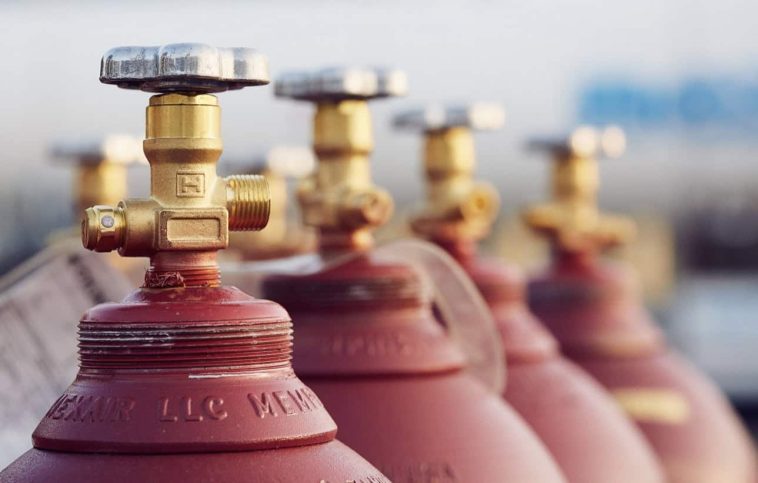
Mixed gas diving offers divers an opportunity to explore the depths beyond traditional scuba diving limits. With a variety of diving gas mixtures available, choosing the right one can be a complex balancing act, as detailed in the article on Custom Mix vs. Standard Mix. This guide provides detailed insights into the different gas mixtures and their applications, adhering to the standards of E-A-T (Expertise, Authoritativeness, and Trustworthiness).
Understanding Diving Gas Mixtures
When diving deeper than recreational limits, specific gas blends are crucial for safety and efficiency. According to Dipndive, these mixtures typically involve combinations of oxygen, nitrogen, and helium, tailored as per the dive’s requirements.
Key Gas Mixtures in Scuba Diving
- Nitrox: Commonly used for recreational diving, it helps to reduce decompression stress by incorporating a higher oxygen percentage.
- Trimix: A blend of oxygen, nitrogen, and helium, allowing for safer deep dives.
- Heliox: Used primarily for extreme deep-sea diving, involving a mix of helium and oxygen to avoid nitrogen narcosis.
Custom Mix Diving
Custom gas blends are increasingly accessible, thanks to services like Paragon Dive, which provide tailored gas solutions based on specific diving conditions. These custom mixes allow divers to perfectly balance their gas needs to ensure optimal performance and safety underwater.
Gas Blending Techniques
Gas blending is an art and science, optimizing the mixed gas percentage for safe and effective diving. Dressel Divers highlights the importance of precise gas blending systems, which help in creating mixtures like compressed air mixture, a staple for safe diving operations.
The Role of Gas Blending Systems
Gas blending systems are vital in controlling the oxygen limits diving to prevent central nervous system oxygen toxicity, crucial for mixed gas divers venturing into significant depths. These systems ensure dive breathing gases maintain the required nitrogen oxygen mix for the intended dive profile.
Ensuring Safety with Diving Gases
Technical diving gas requires careful planning and adherence to protocols to manage risks such as decompression sickness. Companies like Linde, formerly Praxair, emphasize the role of precise gas blends in ensuring divers’ safety and exploring without limits.
Custom Gas Solutions for Every Dive
Whether it’s a nitrox custom blend for extended dive times or a bespoke trimix for deeper adventures, custom solutions, like those available through nexAir Diving Gasses, are critical in catering to the varied needs of modern divers.
Frequently Asked Questions
What is the purpose of using mixed gases in diving?
Mixed gases allow divers to go beyond traditional depth limits by minimizing risks such as nitrogen narcosis and oxygen toxicity.
How are custom dive gas mixtures determined?
Custom mixes are based on the dive’s depth, duration, and specific environmental factors to ensure maximum safety and efficiency.
Why is helium used in diving gases?
Helium helps reduce risks associated with deep dives, such as nitrogen narcosis, by diluting the levels of nitrogen in the breathing gas.
Achieving the perfect gas blend involves careful consideration and expert knowledge. By understanding and applying these principles, divers can safely explore the fascinating underwater world with the confidence that their gas mixture is optimized for every dive.


